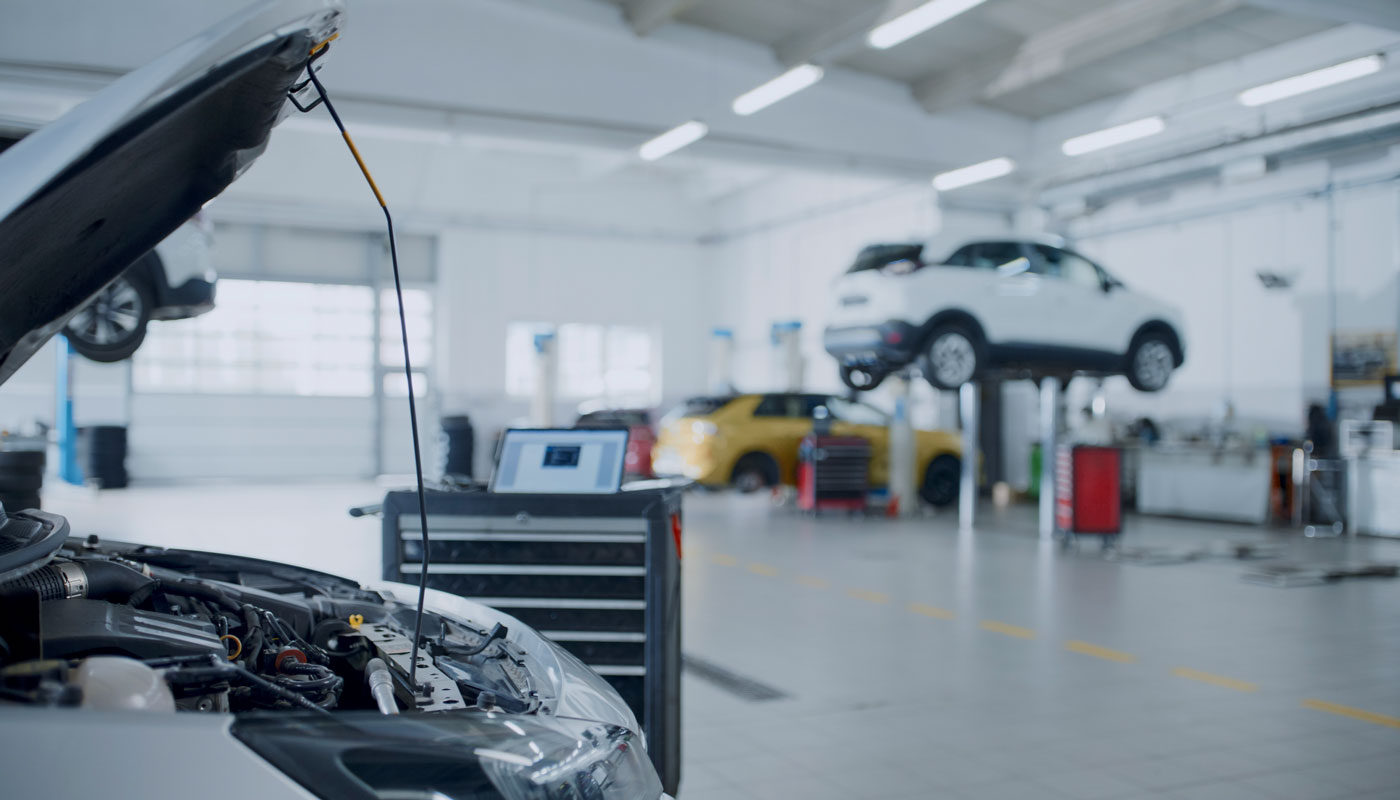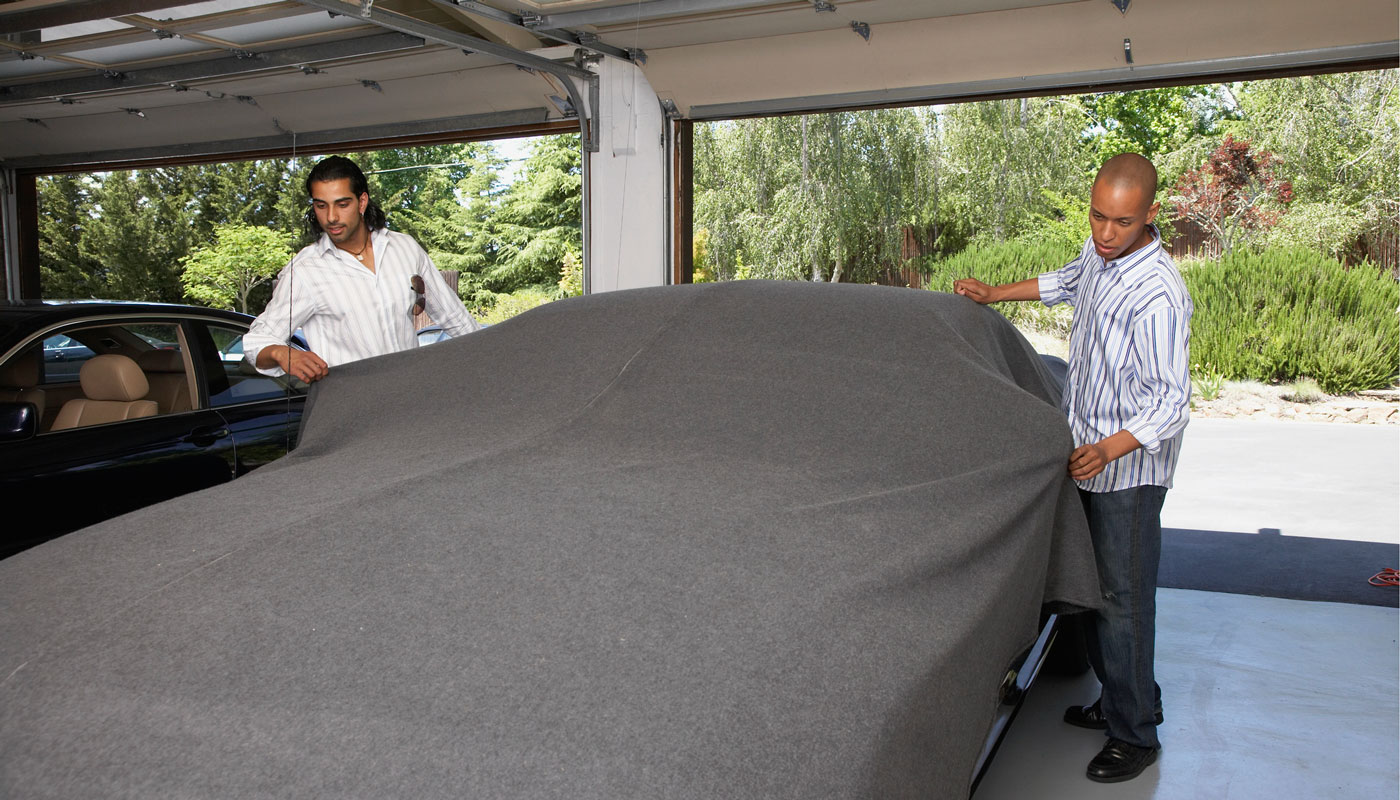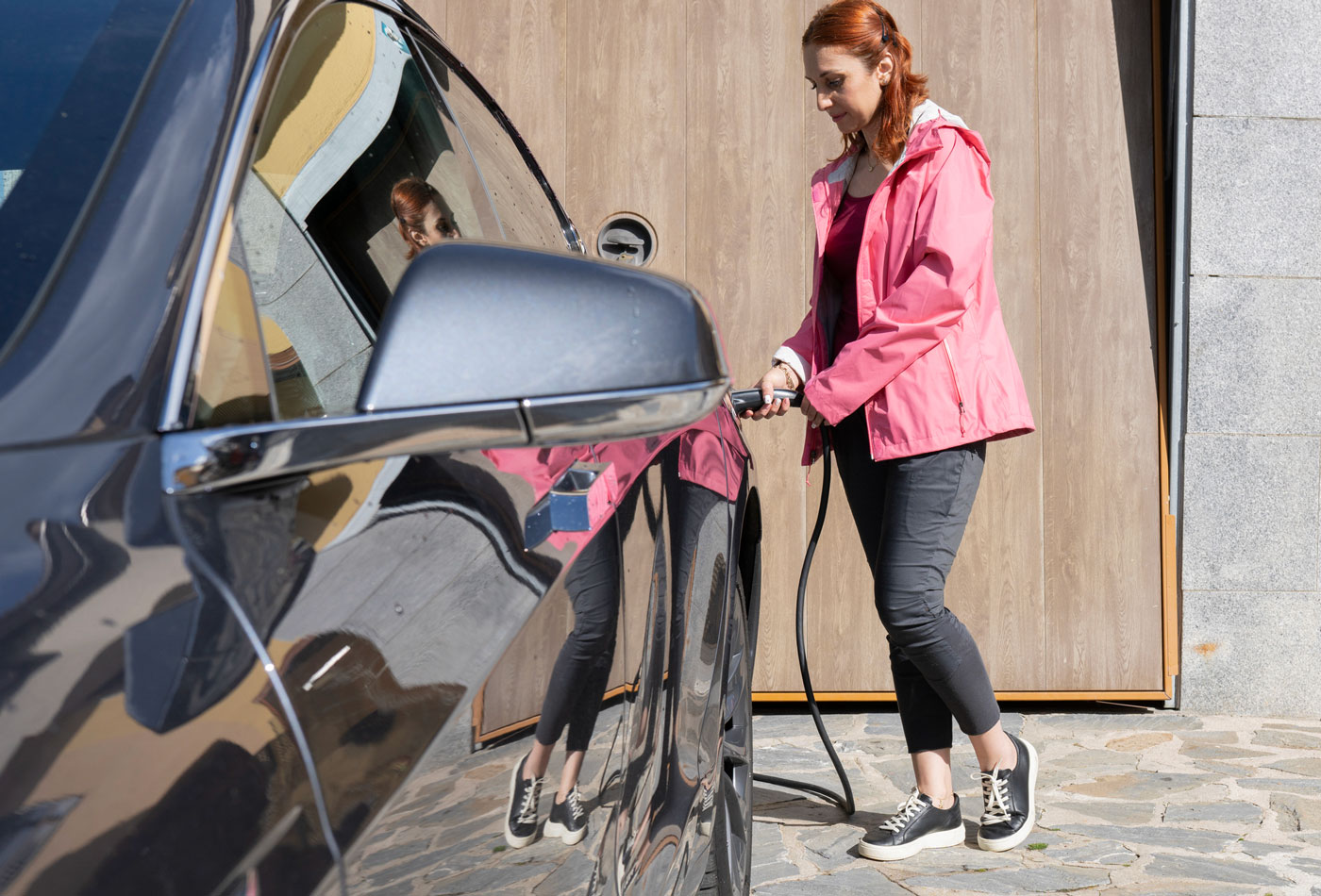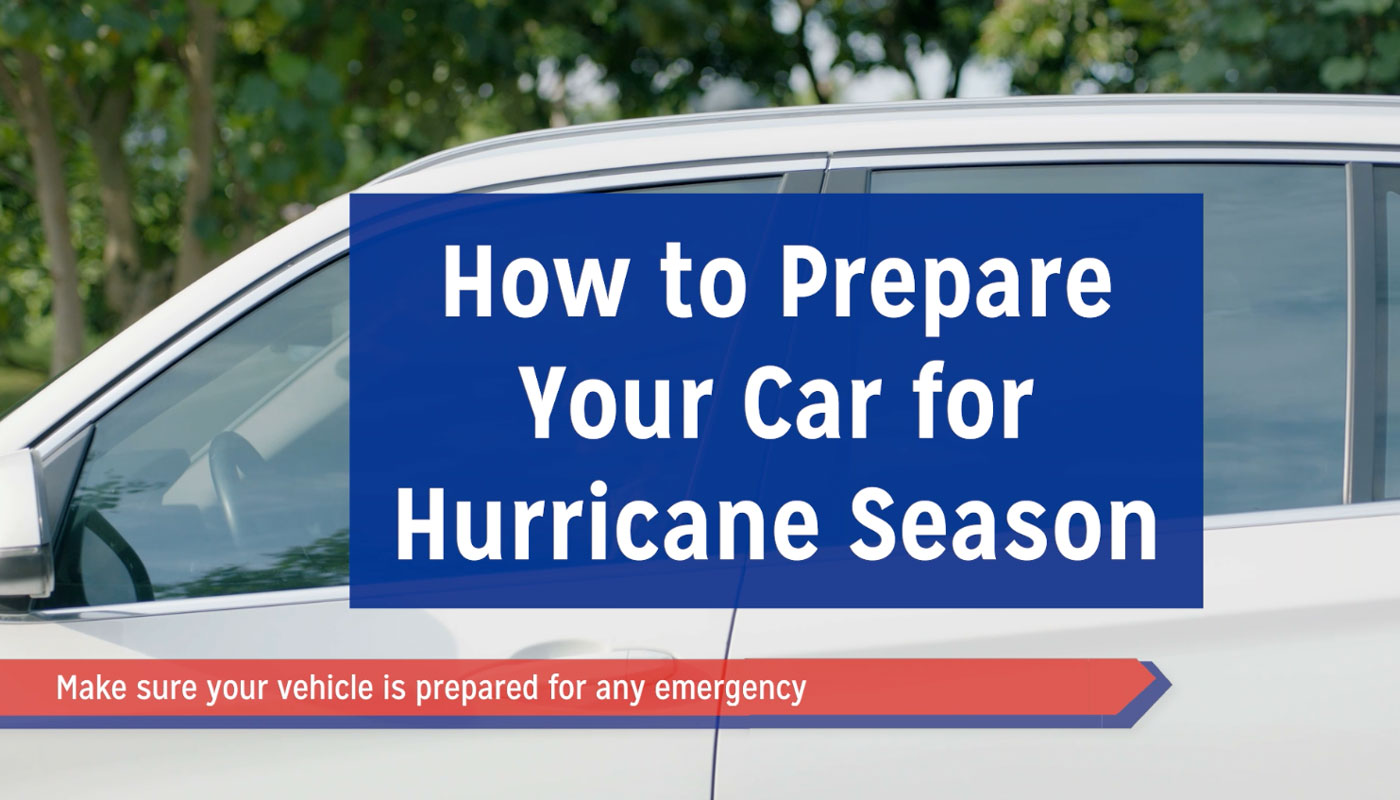How to Prepare Your Car for Hurricane Season
As you prepare your home and family for hurricane season, don’t forget about your car, which could be key to your safety and security.
Much of the attention on preparing for hurricane season is focused on protecting your home, but little is said about preparing your car, which will be critical if a storm is approaching and you need to go out for a last-minute item or you have to evacuate. Follow these tips to help avoid a worst-case scenario.
 Getty
Getty
Before a Hurricane: Car Maintence Preparation
The time to get your car ready are the days before a hurricane is supposed to strike. This is the opportunity to go through your checklist and be certain that you are ready in case you need your vehicle to leave an area that has an approaching storm.
Being prepared means to get ahead of any scheduled service and maintenance that you may need or have been putting off. This should be a priority for a storm emergency preparedness plan.
Start by scheduling a professional inspection, and have the shop perform routine maintenance before a storm’s approach. Your goal is to ensure your car is ready for long drives or extended idling during evacuations. Key areas to check include:
- Battery: Test the battery with a multimeter or get a health assessment. A reliable battery is crucial to avoid needing jump-starts during evacuations.
- Tires: Inspect tire condition and tread depth. Rotate or replace worn tires and consider a fresh alignment. Think about making an investment in a battery-powered portable air compressor to maintain proper tire inflation. This will ensure your vehicle has stability in tricky road conditions. Many of today’s compressors include jumper cables and USB ports for added convenience.
- Spare Tire: Keep your spare tire in the trunk despite the need for storage space. Unpredictable road conditions post-storm make a spare essential to avoid being stranded.
- Air Conditioning: Make sure your air conditioning system is fully functional for comfortable long drives in the heat and humidity following a storm.
- Wipers: Replace your windshield wipers to maintain clear visibility during heavy rain.
- Cooling System: Prevent engine overheating, common in evacuation traffic, by checking the radiator, fan belt, thermostat, water pump and coolant levels.
- Recalls: Check for vehicle recalls and address any safety issues before evacuating to ensure your car is in top condition.
Always travel with a full tank of gas. Refill your tank often and early to avoid long lines and fuel shortages. AAA Members can save at Shell Fuel Rewards® program.
Create an emergency car kit for your vehicle, including, at minimum a flashlight, extra batteries, first aid kit, jumper cables, tire repair kit, blankets and a few days worth of nonperishable food and water.
If you don’t have access to a car, this is the time to make plans with nearby family or friends for a ride in case you need it. If necessary, you can also reach out to local authories like the police or fire department to get assistance for evacuating.
 Getty
Getty
Know Your Best Emegency Evacuation Routes
If you are told to evacuate or wish to evacuate, be sure to leave early. The longer that you wait, the greater the likelihood you will encounter heavier traffic, which means more idling time on the highway, increasing your risk of a breakdown or running out of fuel. Your main goal should be to follow designated routes, drive safely and responsibly, be alert, and conserve your fuel and other resources.
It is best to be prepared well in advance of evacuating by researching and locating the nearest and best evacuation route for you and your family. Be sure to listen to the news for updates while you are driving. Download the AAA Mobile app to search for and book hotels, or to identify an alternate route, if needed.
 Getty
Getty
Sheltering in Place: Securing Your Car
Hurricanes can pack a punch, and the damage they inflict can be widespread or contained. With heavy rain, driving wind and fierce gusts, a hurricane can create a line of destruction that damages everything in its path. Part of your vehicle storm preparation should focus on minimizing harm to your car or truck.
Here are some tips for securing your vehicle before the storm hits:
- Cover the Garage Windows: If you have a garage, be sure to cover any exterior windows or doors that lead outside. You should board them up similarly to how you protect the windows of your home or apartment unit.
- Garage Door: Most garage doors come with a secure latch that can be locked into place to prevent the door from blowing in or out. Be sure to detach any automatic garage door opener machinery so you won’t break your equipment after the storm if you forget you latched the door.
- Pull Car Further Inside: Moving your car closer to the back wall of the garage will help protect it in case the garage door is blown inward or if debris pushes the door in toward the car.
- Cover the Car for Extra Protection: An extra layer of protection over the exterior of your car will protect it if the garage roof were to be blown off or somehow damaged. Be sure all windows and sunroof openings are closed and secured to prevent water damage.
 Getty
Getty
Tips for Electric Vehicles in a Hurricane
If you own an electric vehicle, be sure to follow these tips as you prepare for an approaching storm:
- Charge: Be sure to fully charge your battery before the storm arrives. A storm could knock out power for days, and you might not be able to recharge if you need to evacuate or seek medical assistance.
- Disconnect: After you’ve fully charged your car or truck, completely disconnect the cables from the charging port. Power surges during the storm could damage the vehicle.
- Turn Off: If you have a home charging station, turn off the power to it to avoid electrical surges damaging the station.
- Elevate: If you’re concerned about flooding, find a safe way to use a car lift or ramp to raise it above the garage floor and safeguard the EV battery pack from rising water.
- Higher Ground: If you don’t have a garage to park your EV in, find a parking spot that is on higher ground to avoid flooding. Floodwaters can severely damage the battery and other electrical components.
Finally, if you are a AAA Member, make sure your insurance and AAA Membership are up to date in the event of an accident or car trouble. Keep your insurance card, registration, a copy of the vehicle’s title, and other important documents in a waterproof bag in your glove compartment.
